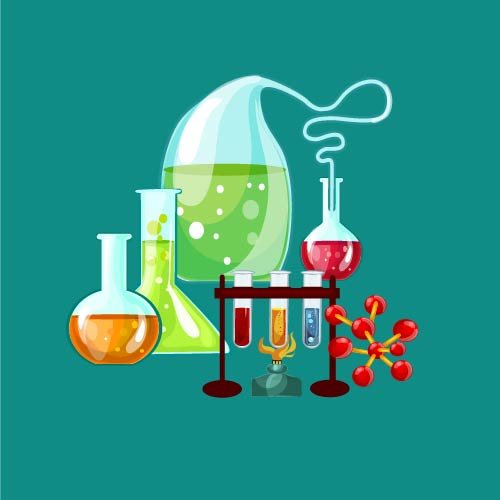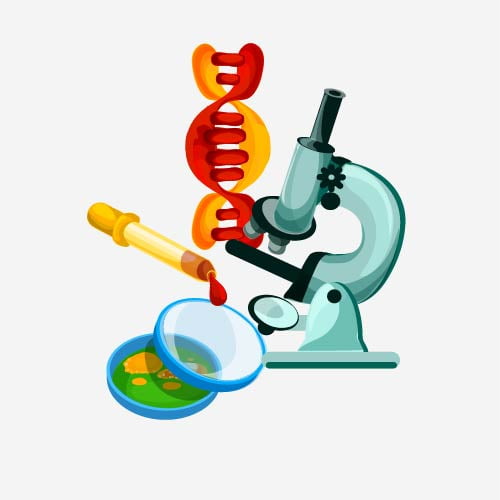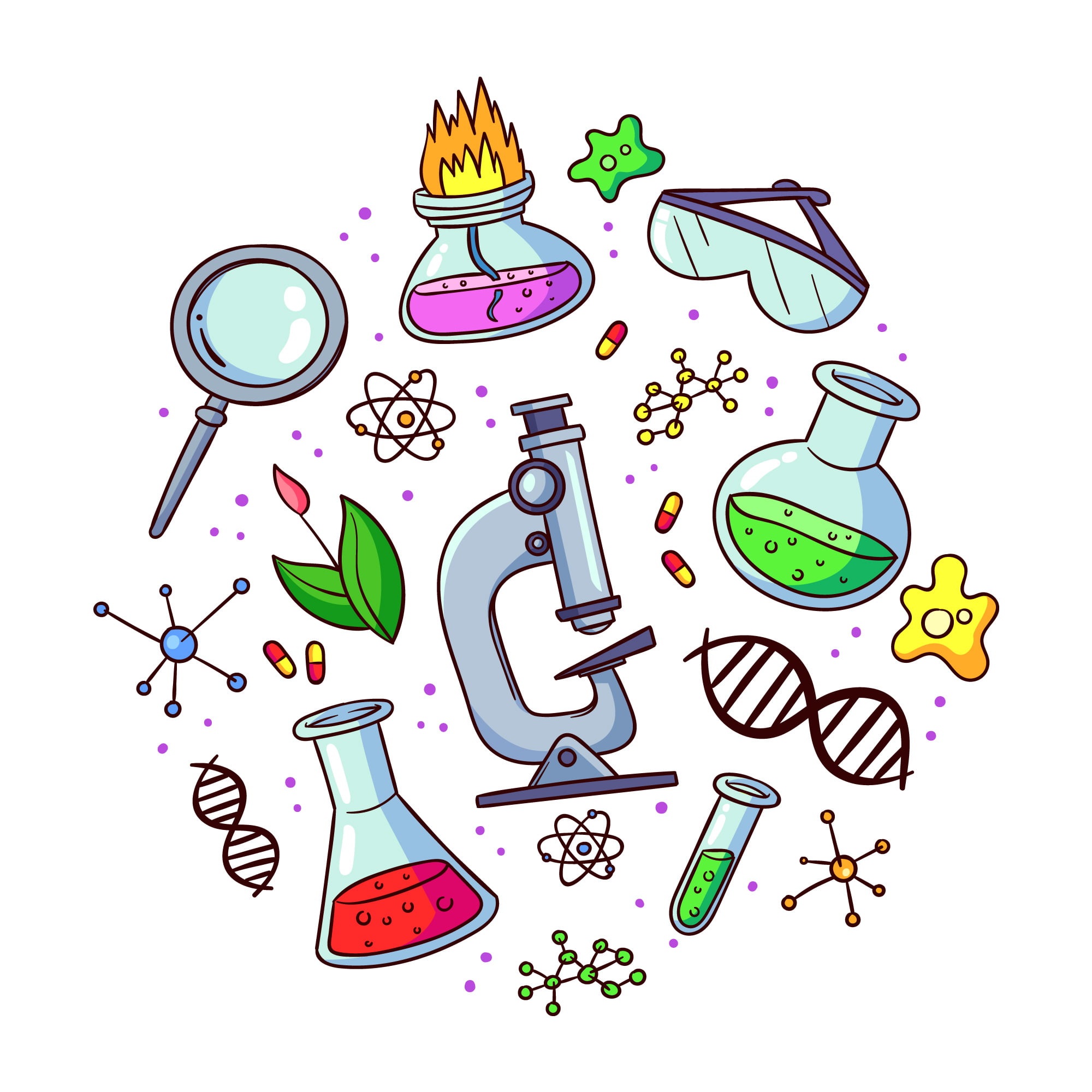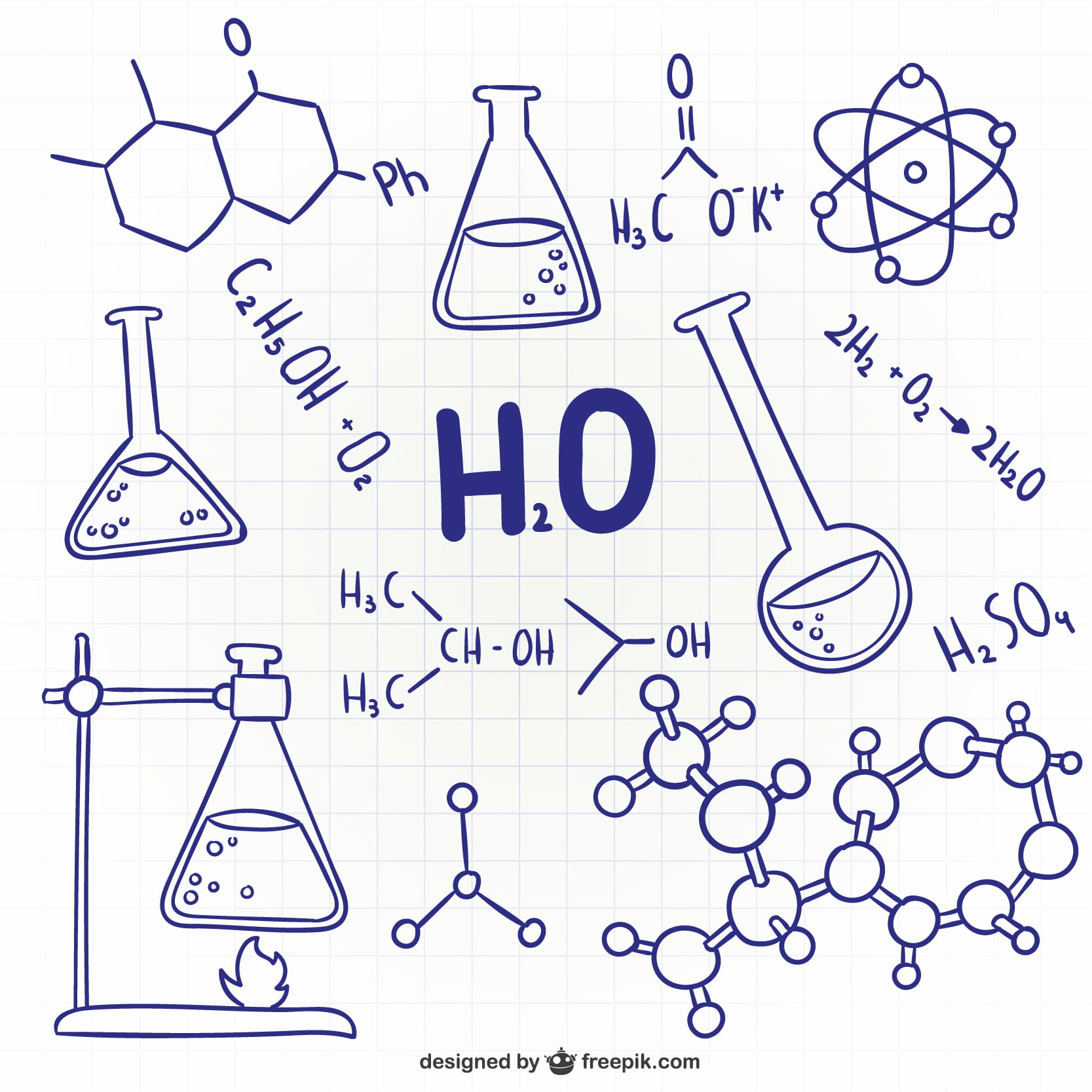
Late symptoms begin between two and four days after the last drink, and they usually include changes in heart rate, breathing and blood pressure. Serious symptoms caused by delirium tremens include hallucination and seizure. This can sometimes cause unpleasant withdrawal symptoms, and these symptoms can make it hard to stick with your recovery plan. There are a range of symptoms you can experience when you stop drinking. Tapering can help minimize these symptoms, but you might still experience some of them while your body adjusts to the lack of alcohol.

The Duration of Physical Heroin Withdrawal Demystified
- This is why you should taper off alcohol, or use a prescribed medication like benzodiazepines, during detox3.
- Alcohol withdrawal occurs when neurotransmitters that combat the effects of alcohol on the nervous system suddenly have nothing to counteract them.
- It’s crucial to consult with a doctor before starting an alcohol taper.
- An example of a short-term goal would be to reduce alcohol consumption by half within the next month.
- A Southern California detox and residential program offering personalized, evidence-based treatment in a tech-friendly and pet-friendly atmosphere.
- With these things in mind, it’s important to weigh the pros and cons of tapering your alcohol use to make a fully informed decision.
The purpose of tapering off alcohol is to avoid major withdrawal symptoms so you can achieve sobriety safely. The time it takes to taper will depend on how long you’ve been drinking, how much you’ve been drinking and a variety of personal factors. Creating a tapering schedule you can stick with is a crucial part of weaning yourself off alcohol. The best schedule varies based on how much you drink each day and your overall health. As mentioned above, we strongly recommend speaking with a doctor to ensure your plan is a safe one, and won’t cause dangerous withdrawal symptoms. Reducing alcohol intake can have significant positive effects on mental health.

Tapering off Alcohol: What You Need To Know
- As a rule of thumb, HAMS (a harm reduction support organization) suggests reducing your consumption by two standard drinks per day until you reach zero.
- The main difference between tapering and quitting alcohol cold turkey is how fast you quit.
- With a slow taper, you can plan ahead by getting your consumption to a safer level by the date you will be starting care.
- Tapering can be done by using alcohol itself or various medications; however, can only be done safely under the supervision of a physician.
When it comes to reducing alcohol intake, implementing effective strategies can play a crucial role in the journey towards sobriety. The goal is to ensure a smooth transition that minimizes withdrawal symptoms, keeping health and well-being at the forefront. However, it may spread out the withdrawal symptoms over a longer period of time.

Understanding Effects of Drug & Alcohol Use in Pregnancy
You may also find it easier to stick to your taper schedule if you avoid certain places and situations. Weaning weening off alcohol off alcohol is considerably safer and more effective than going cold turkey. If you are looking for how to taper off alcohol, you can follow these steps.

Nutritional support is provided to address any deficiencies and promote overall health. A lakefront oasis providing a continuum of personalized addiction treatment surrounded by scenic views with private rooms, luxury amenities, and group outings. Monarch Shores offers luxury housing with beautiful ocean views and individualized addiction treatment in Southern California. Attempting to stop drinking “cold turkey” is not only dangerous, but could also cause serious implications or be fatal.
Trenton, NJ’s Cocaine Addiction Treatment Roadmap
- Tapering is the act of gradually reducing alcohol use until completely abstinent.
- Before you begin an alcohol taper, a little preparation can go a long way, especially when it involves handling your triggers and tracking how much you drink.
- The process of tapering off alcohol involves gradually reducing alcohol consumption over time.
- If you have a severe level of addiction or dependency, you may need a detox program.
It’s common for the first symptoms to appear within a few hours after your last drink. Tapering can be a long process that takes weeks or even months to finish. Although it is possible to taper at home, having medical supervision and assistance can ensure a successful taper. A substitution taper refers to switching strong liquor for an alternative that contains less alcohol, like beer. Once you’ve changed to a less alcoholic option, you can gradually reduce your drink amount.
Most people experience the most severe symptoms from about 36–72 hours after stopping drinking. Tapering off alcohol helps some people start their recovery journeys. It can also be a good idea for people who don’t want to, or can’t, attend any type of full detoxification program. Although it is possible to taper your alcohol use alone, professionals highly advise that you seek medical attention. Establishing new habits and routines, and dealing with the underlying causes of your drinking habits, are essential to lasting recovery.




























